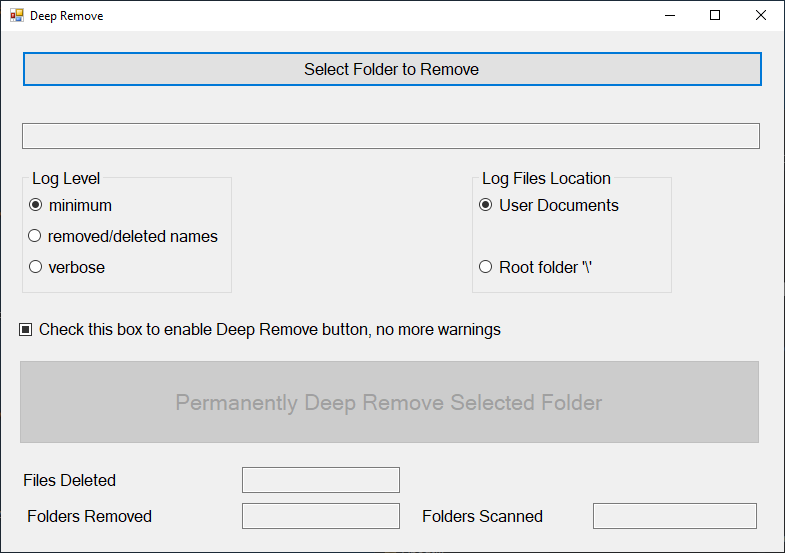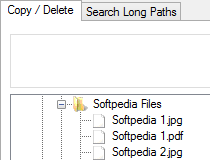
- LONG PATH TOOL OPEN SOURCE FULL
- LONG PATH TOOL OPEN SOURCE CODE
- LONG PATH TOOL OPEN SOURCE DOWNLOAD
- LONG PATH TOOL OPEN SOURCE WINDOWS
LONG PATH TOOL OPEN SOURCE WINDOWS
Windows is unable to handle path names longer than 255 characters.
LONG PATH TOOL OPEN SOURCE DOWNLOAD

This is useful if some endpoints use a different server or base path than the rest of the API. The global servers array can be overridden on the path level or operation level. For example, Swagger UI displays them with a different style: Tools may handle deprecated operations in a specific way. You can mark specific operations as deprecated to indicate that they should be transitioned out of usage: /pet/findByTags:
LONG PATH TOOL OPEN SOURCE CODE
Some code generators use this value to name the corresponding methods in code.Some common use cases for operationId are: If provided, these IDs must be unique among all operations described in your API. OperationId is an optional unique string used to identify an operation. Instead, you should use unique paths such as: GET /users/findByName?firstName=value&lastName=value This is because OpenAPI considers a unique operation as a combination of a path and the HTTP method, and additional parameters do not make the operation unique. This also means that it is impossible to have multiple paths that differ only in query string, such as: GET /users?firstName=value&lastName=value They should be defined as query parameters instead. Query string parameters must not be included in paths. For details, see Describing Parameters and Describing Request Body. You can also define the request body for operations that transmit data to the server, such as POST, PUT and PATCH. OpenAPI 3.0 supports operation parameters passed via path, query string, headers, and cookies. externalDocs – used to reference an external resource that contains additional documentation.tags – used to group operations logically by resources or any other qualifier.description can be multi-line and supports Markdown (CommonMark) for rich text representation. A short summary and a longer description of what an operation does.

Operations also support some optional elements for documentation purposes: Such as **bold**, *italic*, and ().ĭescription: Learn more about user operations provided by this API. Use markdown for rich text representation, Here is a more detailed example with parameters and response schema: paths: Below is a minimal example of an operation: paths: This means that two GET or two POST methods for the same path are not allowed – even if they have different parameters (parameters have no effect on uniqueness). OpenAPI defines a unique operation as a combination of a path and an HTTP method. A single path can support multiple operations, for example GET /users to get a list of users and POST /users to add a new user. OpenAPI 3.0 supports get, post, put, patch, delete, head, options, and trace.

Operationsįor each path, you define operations (HTTP methods) that can be used to access that path. The API client needs to provide appropriate parameter values when making an API call, such as /users/5 or /users/12. This resource represents an individual user in the system.Įach user is identified by a numeric `id`. This information is supposed to be relevant to all operations in this path. Paths may have an optional short summary and a longer description for documentation purposes. Global servers can also be overridden on the path level or operation level (more on that below).
LONG PATH TOOL OPEN SOURCE FULL
The full request URL is constructed as /path. paths:Īll paths are relative to the API server URL. PathsĪPI paths and operations are defined in the global paths section of the API specification. In OpenAPI terms, paths are endpoints (resources), such as /users or /reports/summary/, that your API exposes, and operations are the HTTP methods used to manipulate these paths, such as GET, POST or DELETE.

If you use OpenAPI 2.0, see the OpenAPI 2.0 guide.


 0 kommentar(er)
0 kommentar(er)
